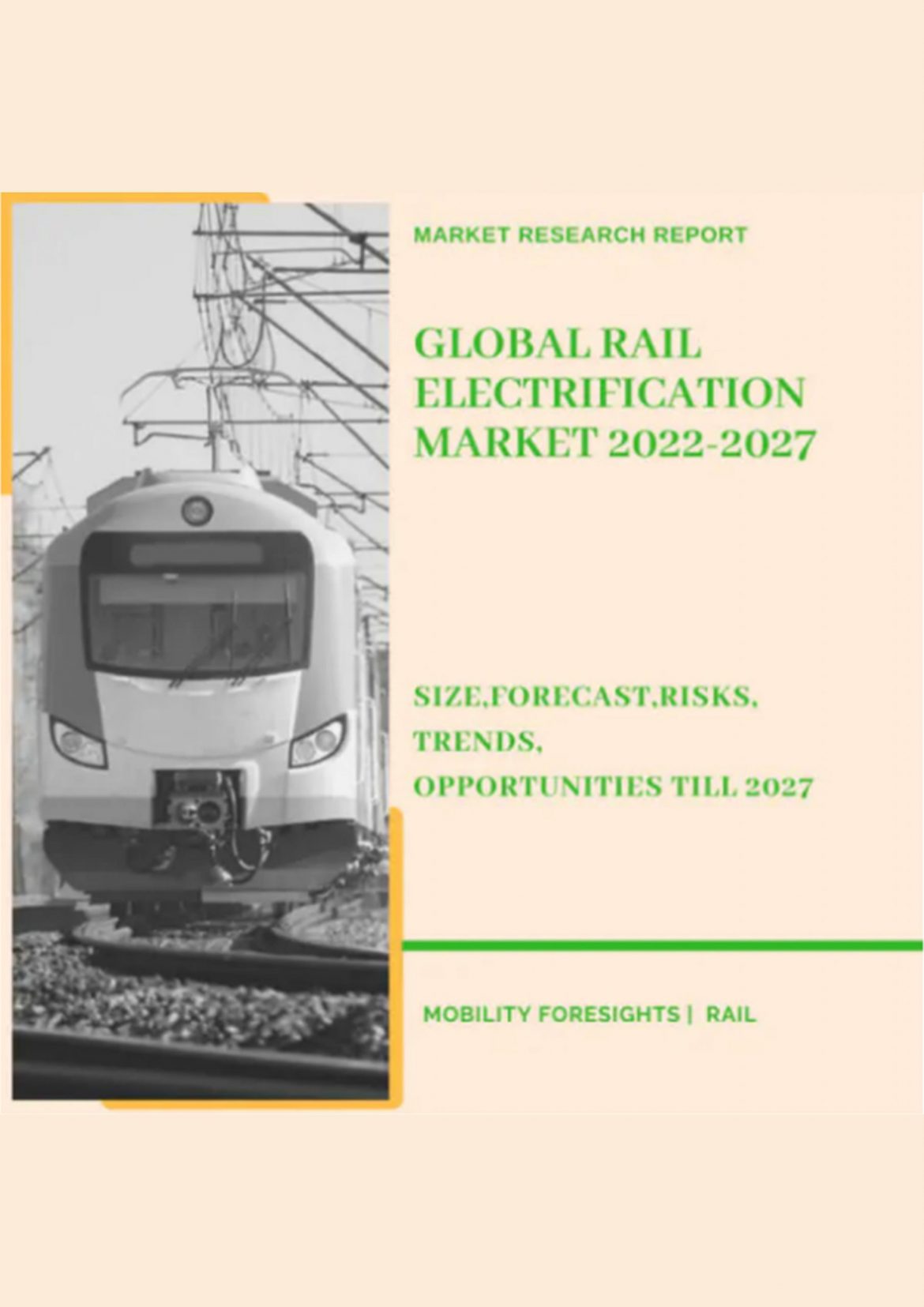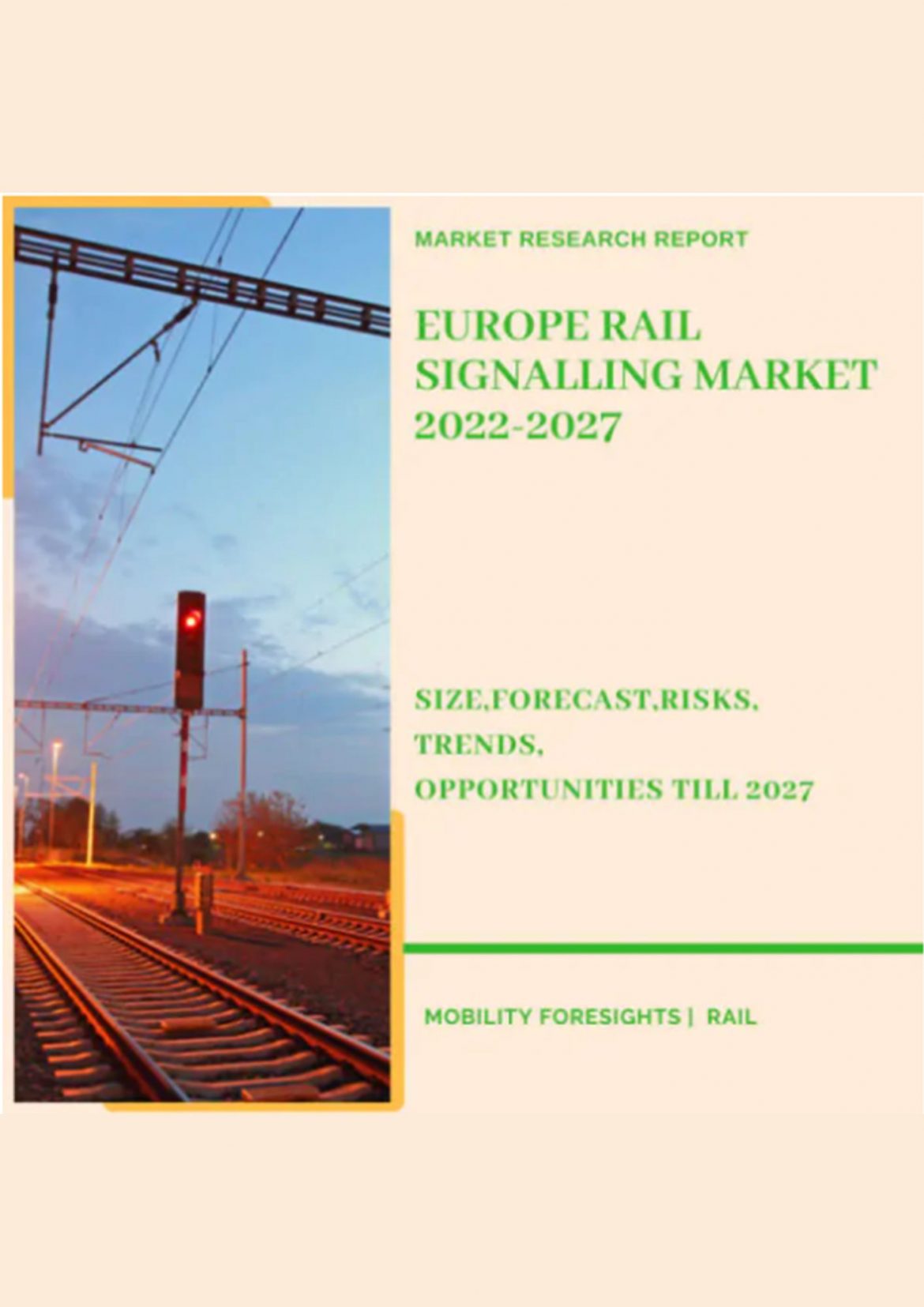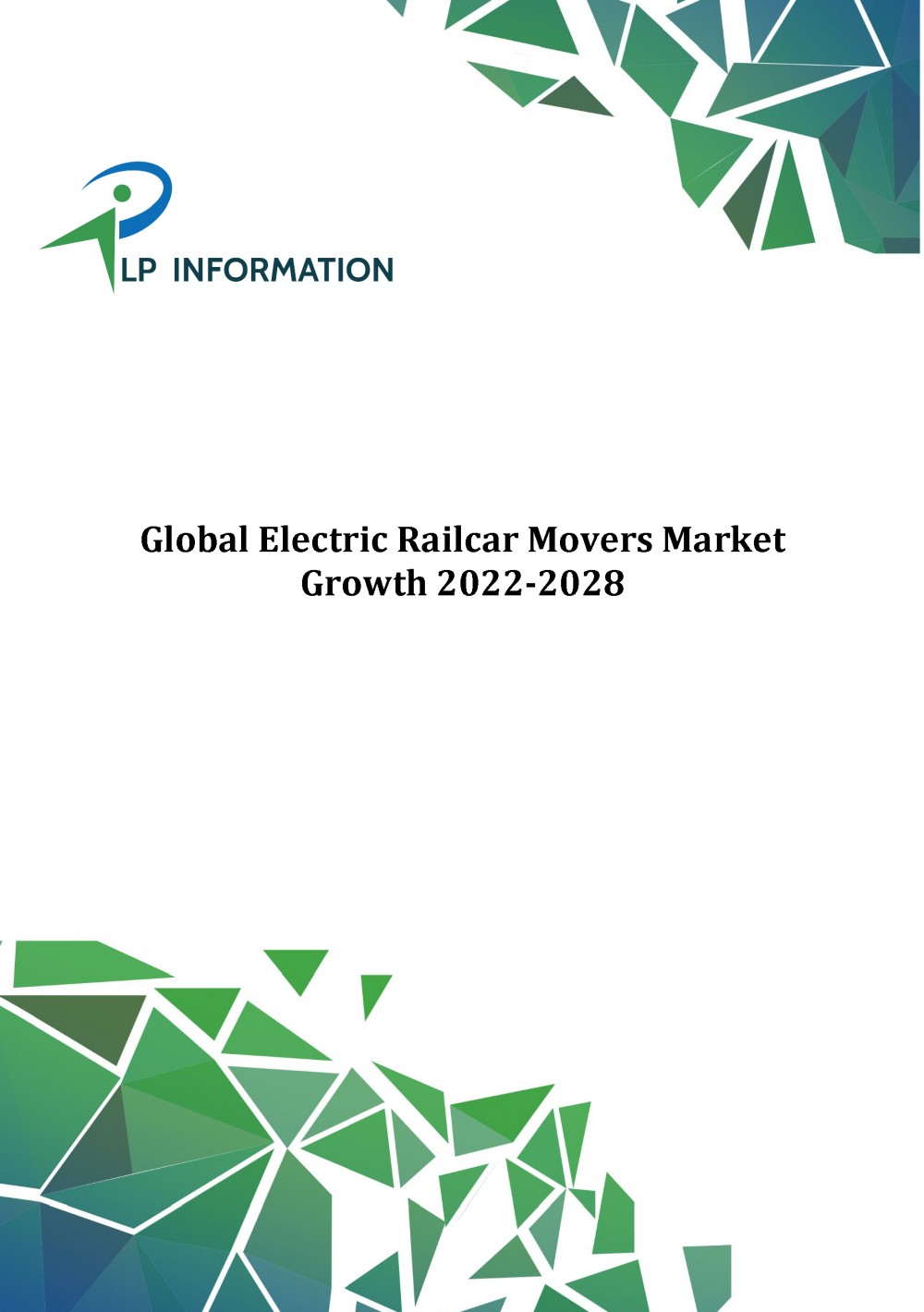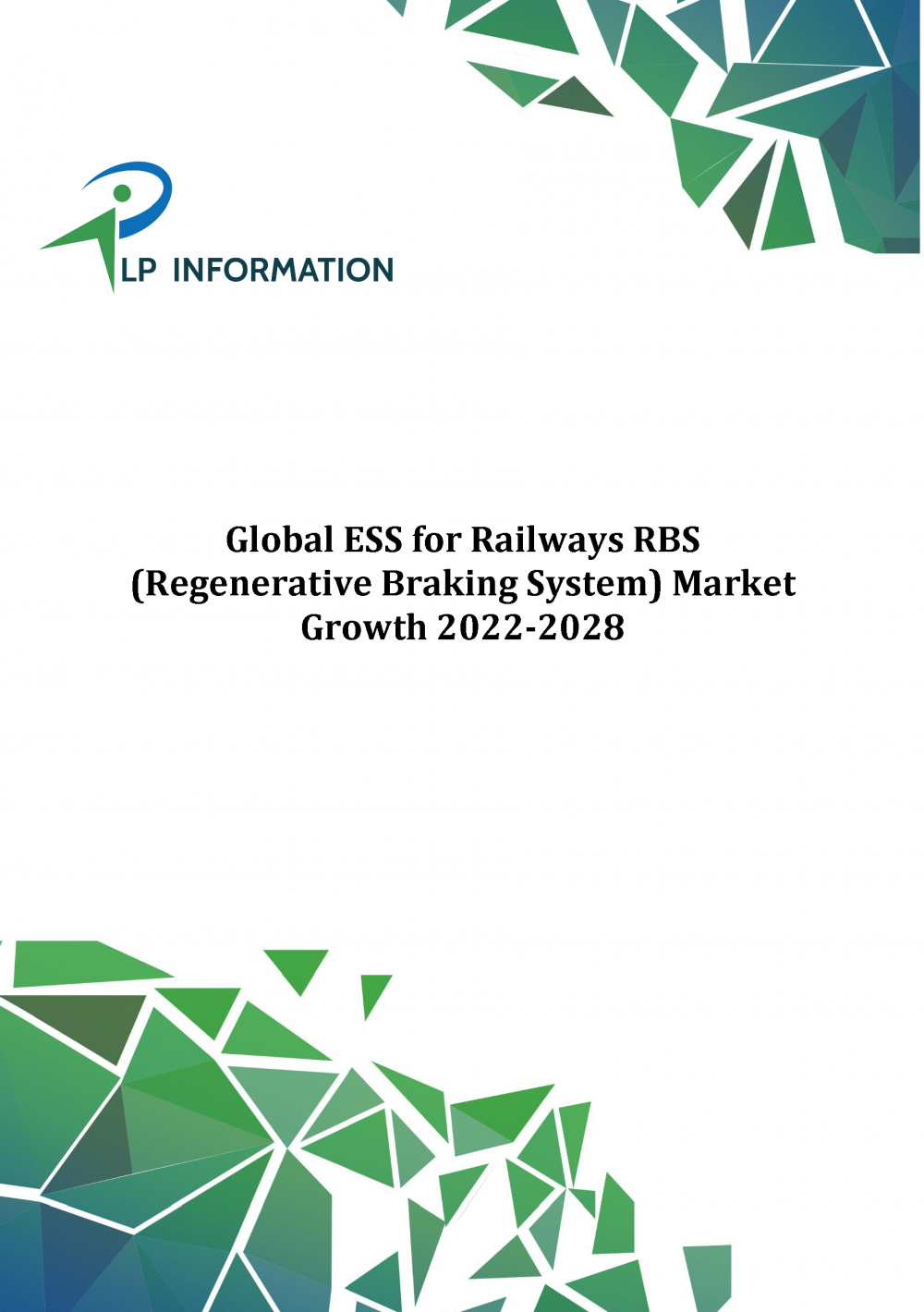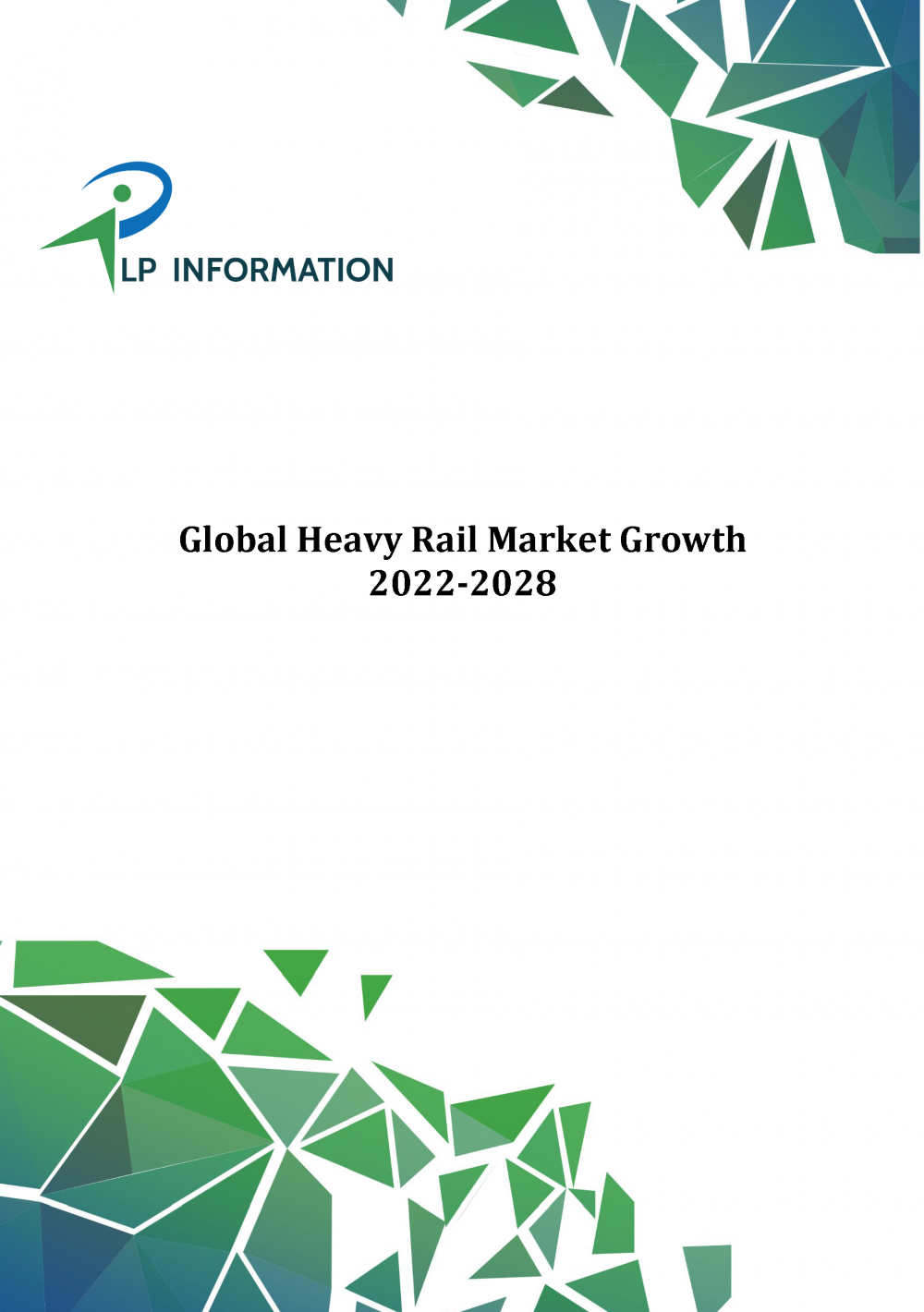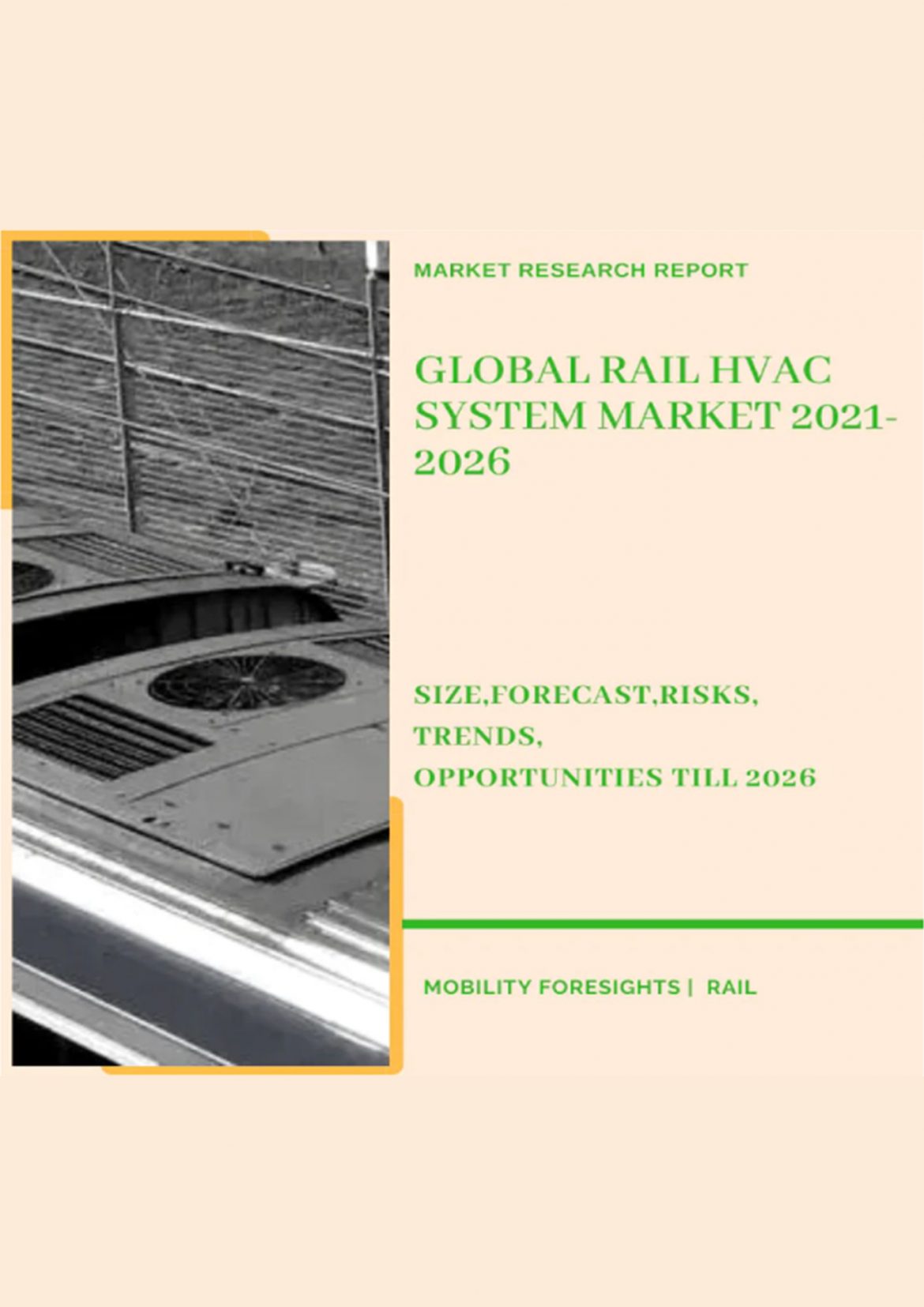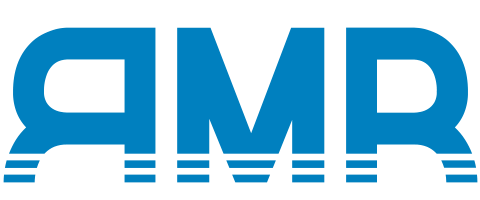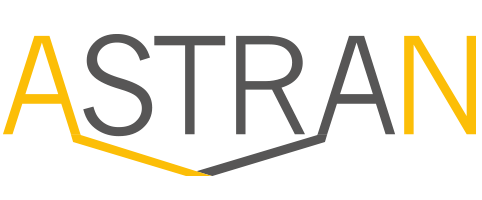Description
INTRODUCTION – Global Rail Electrification Market 2022-2027
The railway electrification program gives electricity generation to locomotives including tramway that do not have an on-board primary engine or a nearby fuel source. Electrical railroads employ either steam drivetrains to transport people or merchandise in unmarked cars, electricity multiple unit passenger vehicles with their very own engines, or perhaps both.
Generally, power is generated in big and reasonably efficient producing stations, transferred to the train system, subsequently supplied to locomotives. Many electric trains have their own specialised producing facilities plus transmission system, although the majority obtain their electricity from such a corporation.
In most cases, the railway supplies one’s own distribution networks, controls, and converters. Power is provided to subway trains by a nearly continuous conductor running down the road a bit, which often assumes one amongst two forms: an overhanging wire suspended from towers or a cable dangling from of the rail.
Superstructure either all along tracks or even from building or tunnel overhead, or a main line installed at floor level being touched by a movable collection shoes.
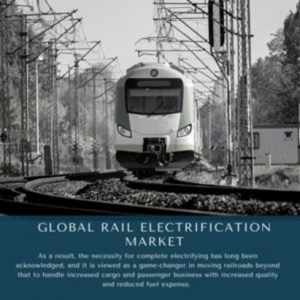
Electrical traction is perhaps the most resource efficient way of train travel. This is demonstrated by the fact that every 100 route kilometres powered segment eliminates upwards of four million gallons of diesel fuel per year, resulting in a savings of Rs. 2500 crores in foreign cash.
Railroad Power generation has used state-of-the-art technologies, such as dry moulded resins converters, SF-6/Vacuum switchgear, extended creep age solid core insulation, as well as PTFE, to reduce operating costs and increase the dependability of power distribution systems.
GLOBAL RAIL ELECTRIFICATION MARKET DYNAMICS
During recent decades, much attention has been placed on railway electrifying in order to decrease this same government’s dependence on imported petroleum-based electricity as well as to enhancing energy independence, with both the goal of offering a sustainable and environment, quicker, and more energy-efficient method of transport.
The Government of India has authorized 204 electrified initiatives totalling 30490 RKM during in the past five years, with a focus on large cost reductions and a major decrease in environmental impact.
As a result, the necessity for complete electrifying has long been acknowledged, and it is viewed as a game-changer in moving railroads beyond that to handle increased cargo and passenger business with increased quality and reduced fuel expense.
As a result, this will provide several opportunities for both parties. As the financial case for railroads supports either direct control acquisition or putting up one’s own dedicated equipment, renewable and non – renewable electricity producing operators will emerge.
In any event, EPC participants will benefit from a new set of options for their enterprises. As a result, the necessity for full electrified has increasingly been known, and it is viewed as a disruptive technology in propelling railroads beyond that to handle increased cargo and passenger business with increased speed and reduced fuel expense.
This must have compelled the Government of India to devise a bold strategy to acquire the essential facilities for complete electrifying of the government’s train system.
GLOBAL RAIL ELECTRIFICATION MARKET SEGMENTATION
The Global Rail Electrification Market can be segmented into following categories for further analysis.
By Grade Technology
-
- High Speed Rail
- Conventional Rail
- Metro
- Light Rail Transit
By Product Technology
-
- Catenary Equipment
- Traction Power Equipment
By Combination of Application
-
- Self-Propelled Vehicles
- Towed Coaches
- Hi Rail vehicles
By Construction
-
- New Placement
- Upgradation
- Maintenance and Repair
By Regional Classification
-
- Asia Pacific Region – APAC
- Middle East and Gulf Region
- Africa Region
- North America Region
- Europe Region
- Latin America and Caribbean Region
RECENT TECHNOLOGICAL TRENDS IN GLOBAL RAIL ELECTRIFICATION MARKET
Railroad electrified are some of the worst types of loads to feed an electricity infrastructure. It necessitates excessively transformer infrastructure and degrades system reliability.
Lower frequencies solutions can provide an inexpensive and desired train electrified system with contemporary power electronic devices accessible for demodulation and indeed the greater power quality expected by utility power users. Low frequency electrification railroad systems are already in use in Sweden, Germany, as well as other European nations for over a year.
Having contemporary electronic systems technologies for amplitude modulation available, as well as the greater power supply needed by power system consumers, the lower frequencies technology is slated to produce railroad electrifying more economical and appealing.
The Railroad electrified is amongst the most challenging types of loads to feed because of an electricity company, creating new challenges both for the railway operator and indeed the functionality. It necessitates over-sized intermediate infrastructure for the operator and might even results in electricity yield loss for its other customers.
As a result, except on frequently frequented lines, electrification has yet to be completed. Reducing the price of railroad power will provide advantages to railway businesses and will aid in the acceleration of railroad electrification.
From a utility aspect, connecting the secondary of the transformers among two stages is preferable since the railway load is fed from two phases and the pressure on a single component and imbalanced load is decreased.
COMPETITIVE LANDSCAPE
Throughout current history, much attention has been placed on railroad electrification in attempt to lessen the government’s reliance on imported hydrocarbon electricity and to enhancing energy stability, with both the goal of offering a sustainable and environment, quicker, and more resource method of transport.
As a result, the necessity for full electrified have long been acknowledged, and it has been viewed as a game-changer in propelling railroads beyond that to handle increased cargo and passenger volume with increased speed and reduced fuel expense.
ABB has been developing new technologies under the electrification system for rail infrastructure and rail requirements on a global scale of operations. This framework comprises of a factory-assembled frames with FSK II breaking, a brushless disconnection mechanism, and hand-operated grounding system controls.
A pressure breakers particularly developed to suit the needs of all electrical rail transportation employing a single-/two-phase equipment fits the modules as a core component. It is a single-phase or two-phase outdoor modules with a vacuum breaker for AC railway electrical supply up to 25 kV, 2000 A, 50/60 Hz.
It offers an optimized lead time, easy logistical, and minimal shipping cost, as well as rapid testing and commissioning on location with less wire site activities.
Siemens Mobility Limited is part of the development which paves through for better systems of integration within the inspection systems. It has brought in the latest rail-based electrification systems wherein the Siemens’ flexible charging station integrates the effectiveness of energized trains with the versatility of vehicles to create a unique freight traffic solutions that seems to be economical, cost-effective, and ecologically sound.
The highway is an excellent means of connecting pits and mines with warehousing, trans – shipment terminals, and treatment factories. The economic advantages of the highway system may be simply assessed using transportation quantities.
Simultaneously, the highway system dramatically decreases emissions and reliance on fossil fuels. The variable recharging network is installed on a safe and reliable infrastructure to offer heavy commercial vehicle with a constant energy production.
